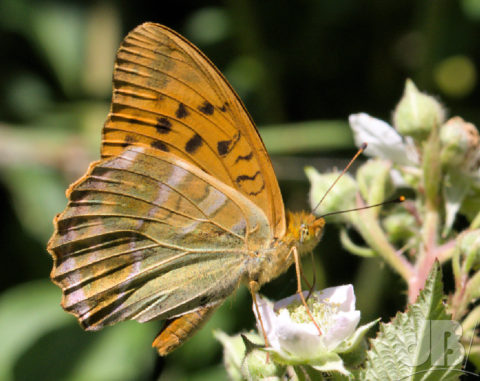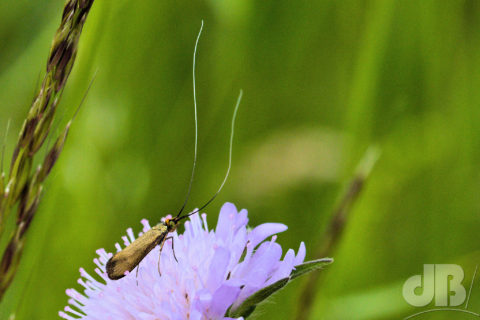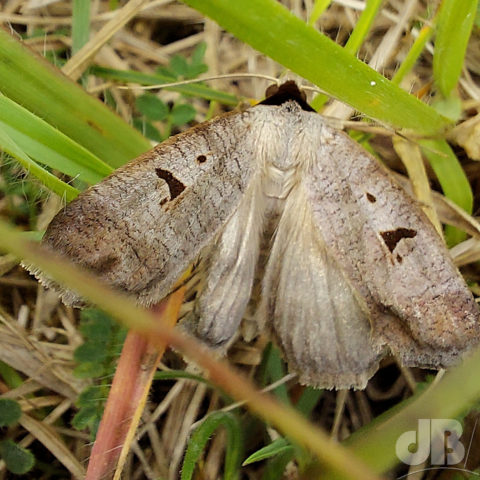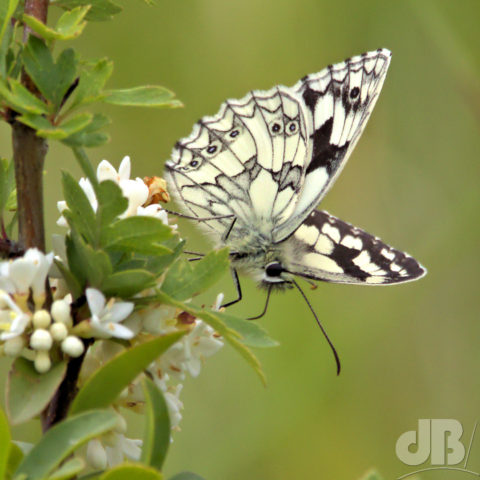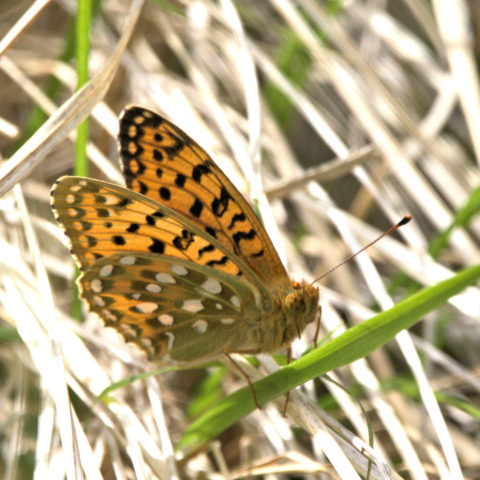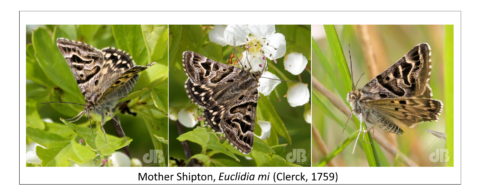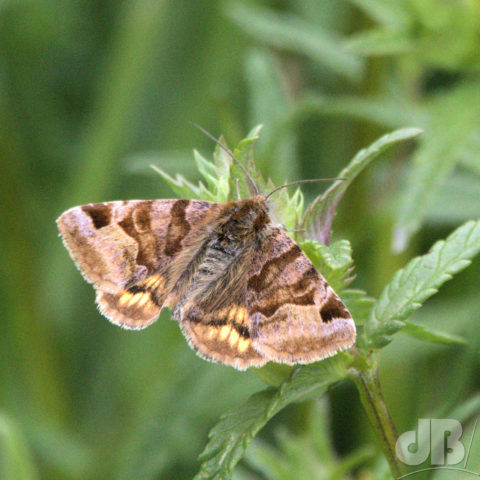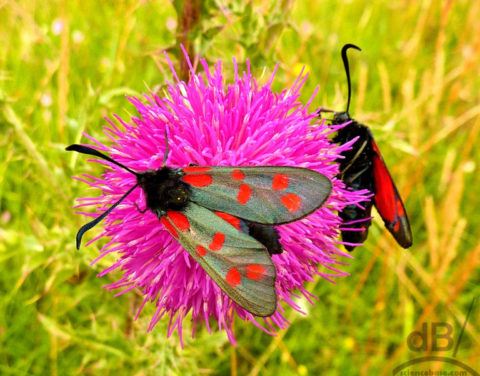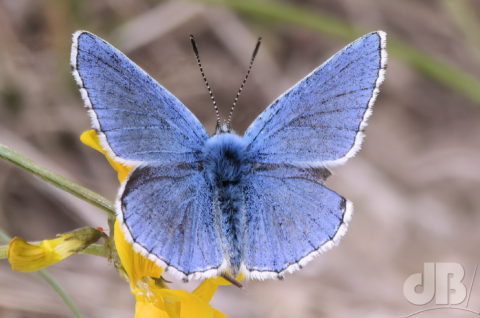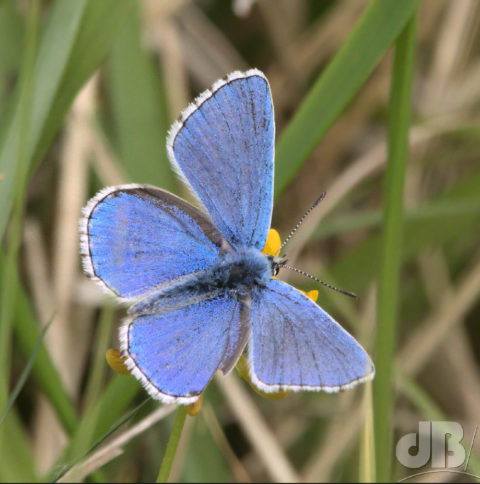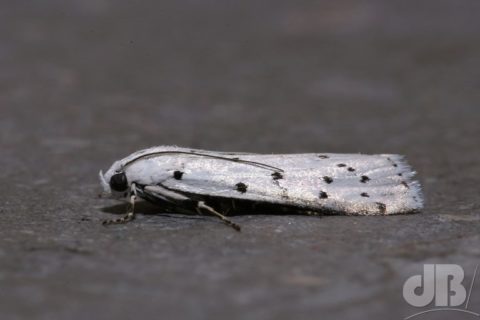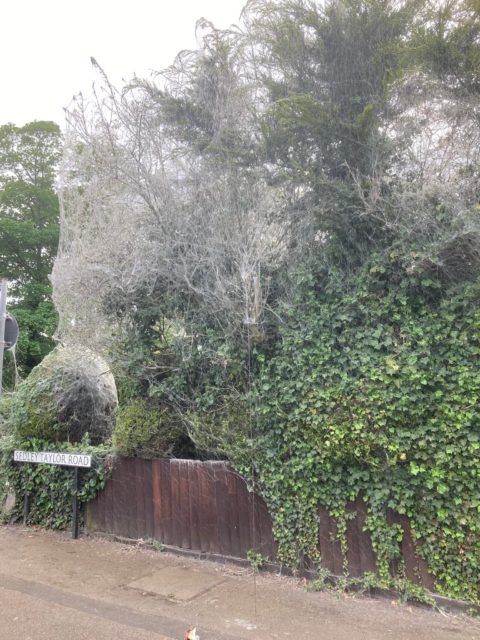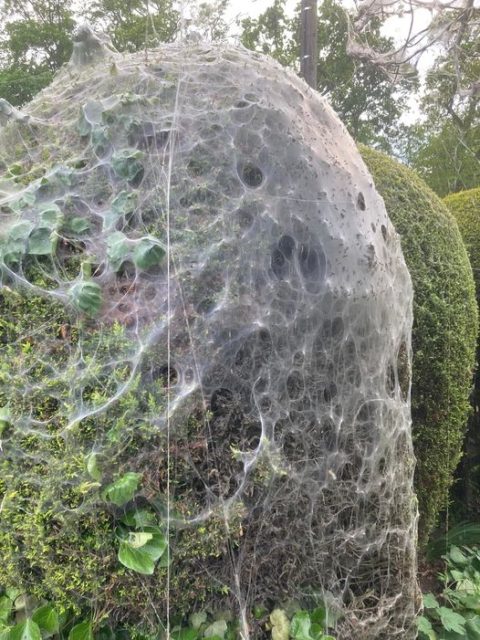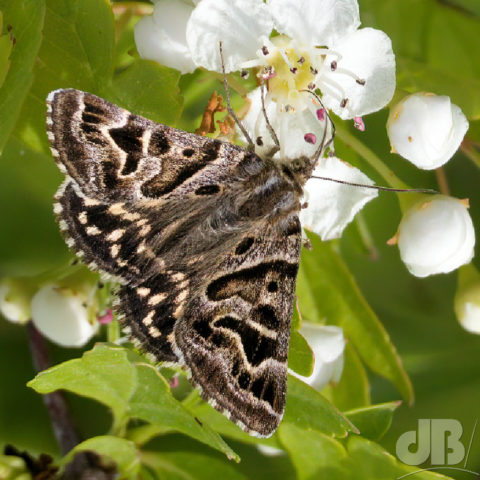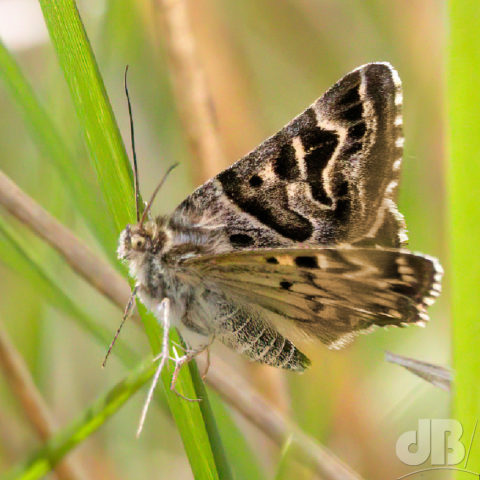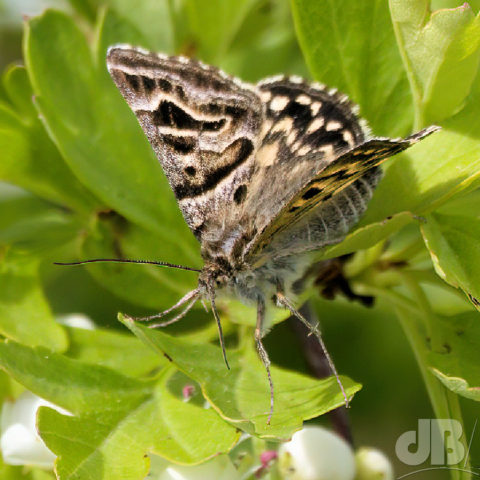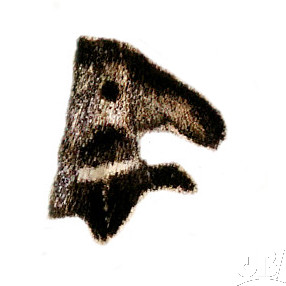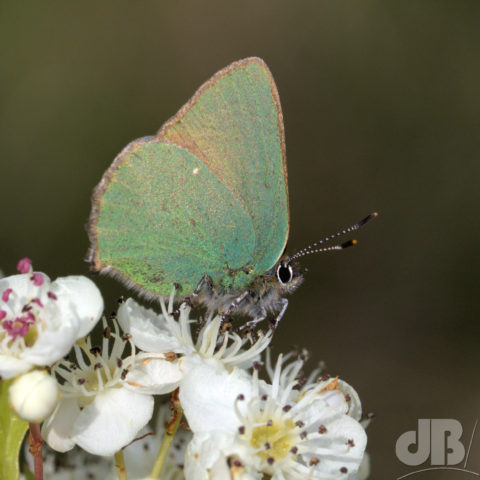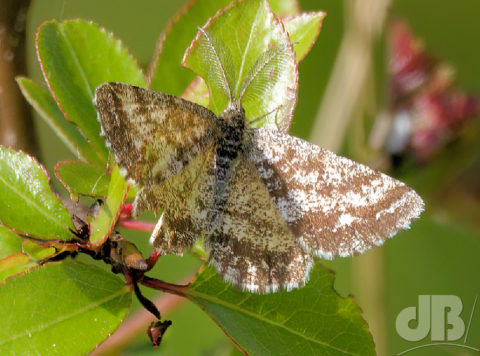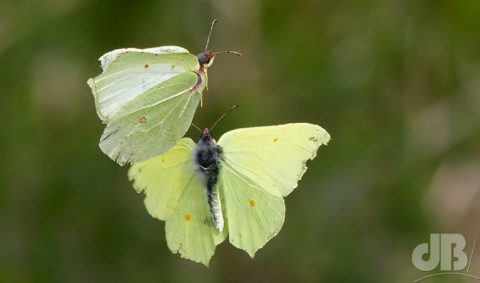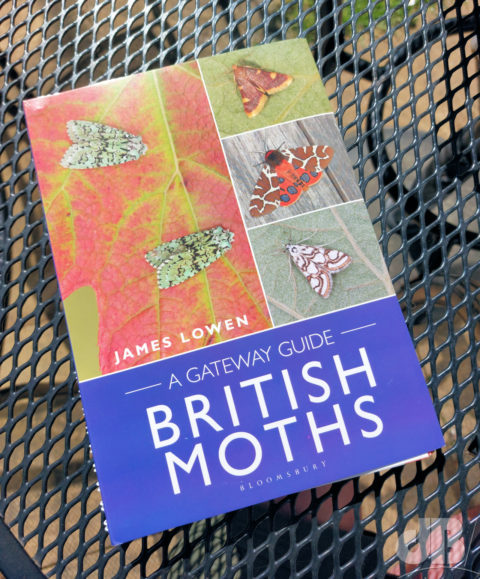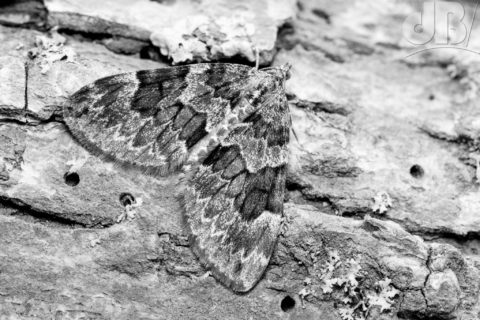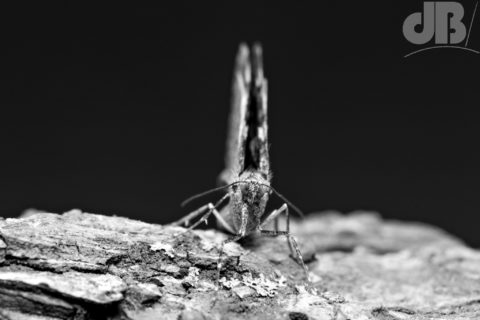I’ve been making a concerted effort in 2022 to see more of the quite limited number of butterflies we have native in the UK (I’m up to 36 so far, second season of trying harder). Have now added Eurasian White Admiral to the list thanks to a visit to Brampton Wood not far up the road in Cambridgeshire.
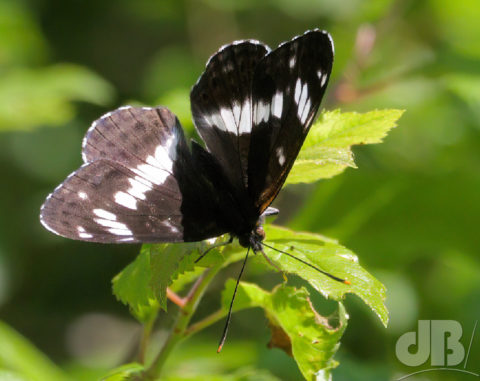
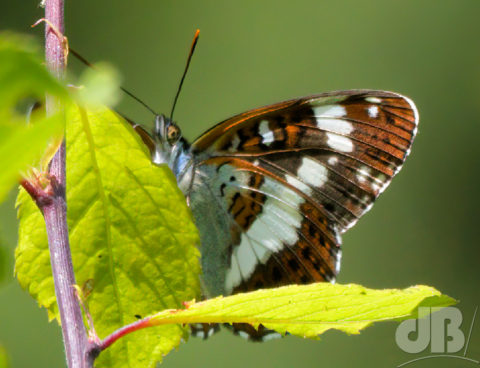
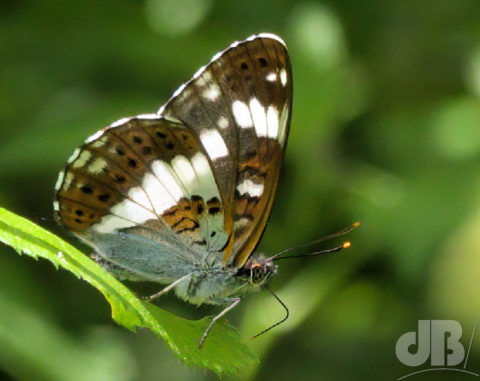
Brampton isn’t too far from Monk’s Wood, which I visited in May to see the newly emerged Black Hairstreak for the first time. It must be noted that there are hundreds and hundreds, perhaps thousands of Black Hairstreak at Monks Wood but perhaps an order of magnitude fewer there than at Brampton. Brampton is the second oldest woodland after Monks in Cambridgeshire but has vast acreages of blackthorn, the larval footplant of that species.
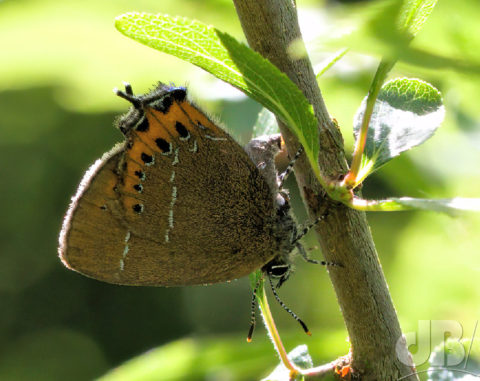
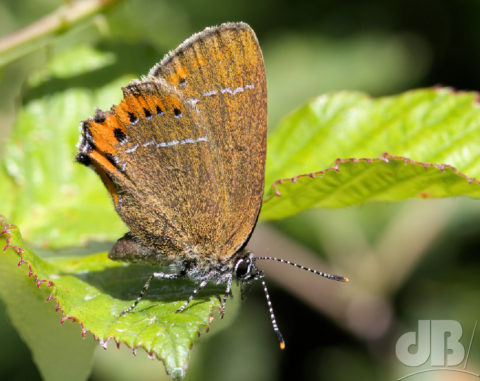
Saw lots of Black Hairstreak, Satyrium pruni, at Brampton Wood, several dozen, perhaps. It’s a rather rare butterfly restricted to a clay-soiled corridor from Oxon through Northants and into Cambs the larvae of which feed only on well-established blackthorn and the adults of which rarely venture a few metres from where they emerge from their pupae.
Given the surveys carried out by wardens there on five small patches of blackthorn and the several hundred acres of blackthorn not surveyed it is likely that there are several hundred thousand of this incredibly rare butterfly on this site.
Lots of Silver-washed Fritillary, Argynnis paphia, at Brampton Wood too.
